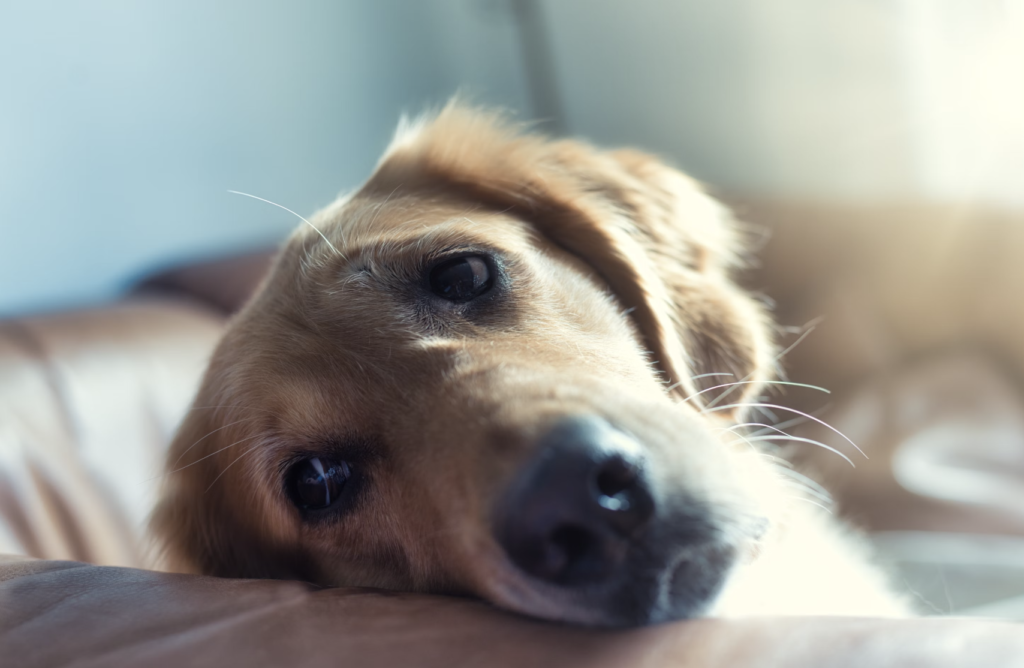Understanding and Managing Your Dog’s Clingy Behavior
Table of Contents
Introduction
Have you ever noticed that your dog follows you everywhere? Whether you’re moving from room to room, heading to the kitchen, or even going to the bathroom, your furry friend is always right behind you. While this can be endearing, it can also be frustrating. You’re not alone in this, and there are reasons behind your dog’s behavior. In this article, we’ll explore why dogs tend to follow their owners and offer practical solutions to manage this clingy behavior.

Natural Pack Instincts
Dogs are pack animals by nature. In the wild, they rely on their pack for safety and companionship. Your dog sees you as their pack leader and naturally wants to stay close.
Pack Behavior
- Safety and Security: Following you gives your dog a sense of safety and security.
- Social Interaction: Dogs are social creatures and crave interaction with their pack members.
- Imitation: Dogs learn by observing and mimicking their pack leaders.
Bonding and Affection
Your dog follows you because they love you and want to be close to you. This behavior is a sign of their affection and trust.
Showing Love
- Physical Proximity: Being near you makes your dog feel loved and secure.
- Emotional Bonding: Following you helps strengthen the bond between you and your dog.
- Trust and Loyalty: Your dog trusts you and wants to be by your side.
Curiosity and Interest
Dogs are naturally curious animals. They want to know what you’re doing and be a part of it.
Exploring with You
- Interest in Activities: Your dog wants to participate in whatever you’re doing, whether it’s cooking, cleaning, or relaxing.
- Sensing Food: Dogs have a keen sense of smell and may follow you to the kitchen in hopes of getting a treat.
- Exploring Together: Your dog enjoys exploring new environments and experiences with you.
For those who enjoy outdoor activities, check out our article on how far a dog can hike in a day.
Anxiety and Insecurity
Some dogs follow their owners because they feel anxious or insecure when left alone.
Signs of Anxiety
- Whining or Barking: Your dog may whine or bark when you’re out of sight.
- Pacing or Restlessness: Anxious dogs may pace or become restless when they can’t see you.
- Destructive Behavior: Some dogs may chew or dig when left alone.
To learn more about managing your dog’s anxiety, especially when hiking or traveling, check out our guide on hiking with a puppy.
Practical Advice for Managing Clingy Behavior
Here are some actionable steps to help manage your dog’s clingy behavior:
- Establish a Routine: Dogs thrive on routine. Consistent feeding, walking, and playtime can help reduce anxiety.
- Create a Safe Space: Provide a comfortable area where your dog can relax when you’re not around.
- Positive Reinforcement: Reward your dog for independent behavior with treats and praise.
- Interactive Toys: Give your dog toys that keep them mentally stimulated when you’re busy.
FAQ Section
Why does my dog follow me to the bathroom? Your dog follows you to the bathroom out of curiosity, a desire for companionship, and to ensure your safety.
Is it normal for my dog to follow me everywhere? Yes, it’s normal for dogs to follow their owners. It’s a sign of affection, loyalty, and their pack instincts.
How can I reduce my dog’s clinginess? Establish a routine, create a safe space, and use positive reinforcement to encourage independence.
For more insights on your dog’s health and behavior, read our article on why your dog’s stomach might be gurgling.
Conclusion
Understanding why your dog follows you everywhere is the first step in managing this behavior. Whether it’s due to natural pack instincts, bonding, curiosity, or anxiety, recognizing these behaviors can help you address them effectively. By following the practical tips provided, you can create a balanced and happy relationship with your furry friend.
*Disclosure: This post may contain affiliate links, meaning, I get a commission if you decide to make a purchase through one of my links, at no cost to you.
